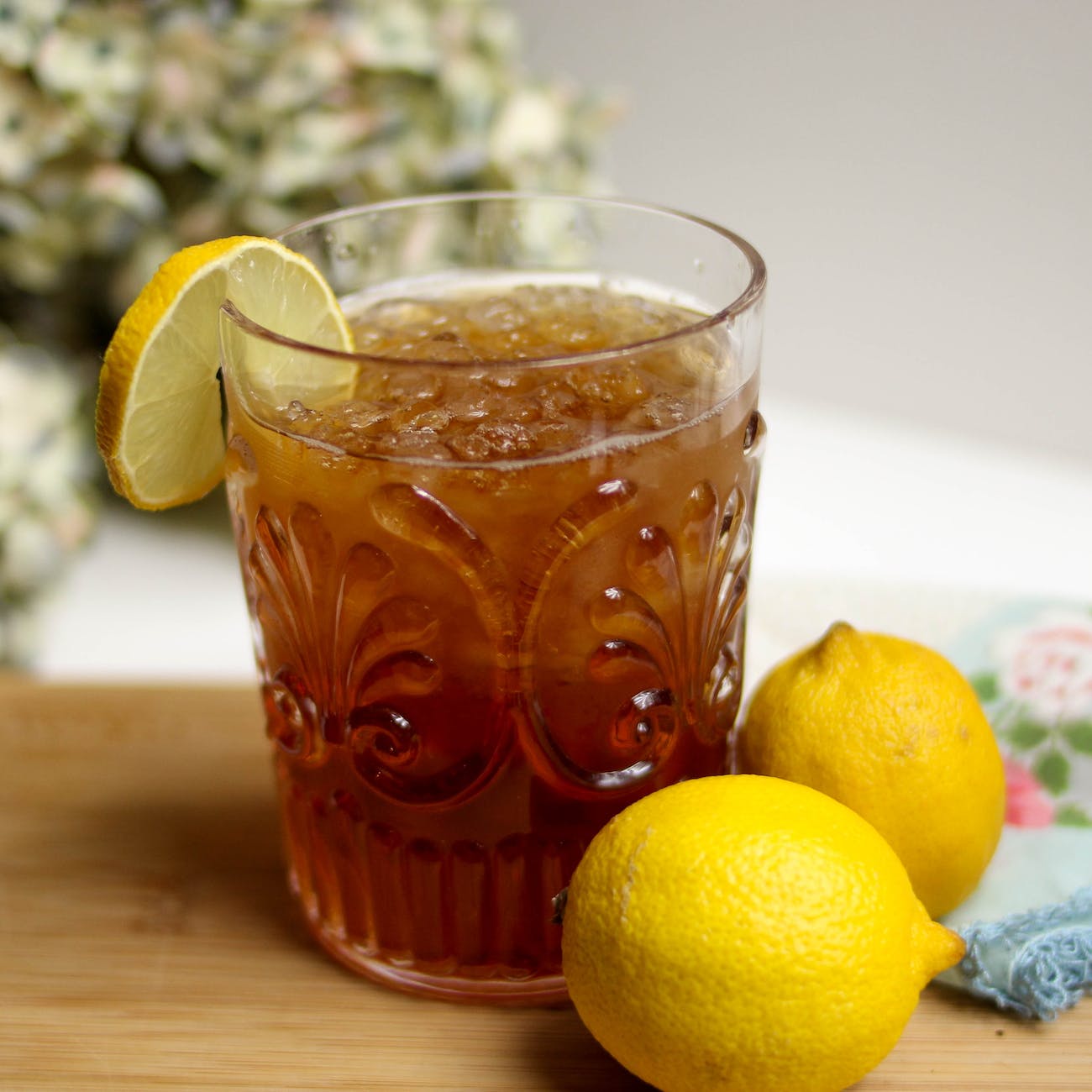
Hello, Tea Lovers! 🍵💛
Are you ready to add a touch of spice to your afternoon? Join us on a flavorful journey with Clove and Black Cumin Iced Tea. Known for their aromatic and distinctive qualities, clove and black cumin are spices that can truly spice up your tea experience. Today, we invite you to explore five unique blends that combine the bold flavors of clove and black cumin to create an unforgettable afternoon indulgence. Get ready to embark on a journey of spice and delight! 🌞🌿🍹
Clove, with its warm and intense aroma, and black cumin, with its earthy and peppery taste, are two spices that have been treasured for centuries for their culinary and medicinal properties. Their combination adds depth and complexity to any dish, and iced tea is no exception. By infusing your tea with the bold flavors of clove and black cumin, you can create a beverage that awakens your senses and satisfies your taste buds. So, let’s dive into the world of Clove and Black Cumin Iced Tea and discover the unique blends that await us. ✨🌍💫
Before we explore the unique blends, let’s take a moment to appreciate the individual qualities of clove and black cumin. Clove is derived from the dried flower buds of the clove tree and is known for its warm and slightly sweet flavor. It adds a rich and aromatic profile to any recipe. On the other hand, black cumin, also known as Nigella sativa, has a distinct peppery taste with a hint of earthiness. It is widely used in Middle Eastern and Indian cuisines for its unique flavor and potential health benefits. Today, we have the opportunity to explore their flavors in the realm of iced tea and let them spice up our afternoons. 🌼🌶️⏳
Now, let’s embark on a journey of unique blends for Clove and Black Cumin Iced Tea that will awaken your senses and add a touch of spice to your afternoon. Get ready to savor the bold flavors and experience a truly unforgettable tea indulgence. 🚀
1. Classic Clove and Black Cumin Iced Tea: Begin your journey with the essence of simplicity—a classic recipe that allows the bold flavors of clove and black cumin to shine. Steep your tea with a few cloves and a sprinkle of black cumin seeds, allowing the spices to infuse and create a robust base. The result is a flavorful and aromatic iced tea that tantalizes the taste buds. Each sip is a sensory delight, as the warm and spicy notes of clove dance with the earthy and peppery taste of black cumin, creating a symphony of flavors that lingers on the palate. 🍵👌
2. Clove and Black Cumin Masala Iced Tea: Indulge in a masala-inspired twist by incorporating a blend of spices into your Clove and Black Cumin Iced Tea. Prepare a spice mix by grinding together cloves, black cumin seeds, cinnamon, cardamom, and black peppercorns. Steep your tea with this masala spice mix, allowing the flavors to meld and infuse. The result is a robust and aromatic iced tea that captures the essence of traditional masala chai. Each sip is a journey through layers of spice, as the bold flavors of clove and black cumin intertwine with the warmth of cinnamon, the sweetness of cardamom, and the kick of black pepper, creating a symphony of taste that invigorates and satisfies. 🍶🍵
3. Clove and Black Cumin Citrus Iced Tea: Add a burst of citrusy brightness to your Clove and Black Cumin Iced Tea by incorporating the tangy flavors of orange or lemon. Squeeze fresh orange or lemon juice into your iced tea and garnish with a clove and a sprinkle of black cumin seeds. The combination of the tangy citrus and the bold spices creates a vibrant and refreshing blend. Each sip is like a burst of sunshine, as the citrusy zest enlivens your senses and the warm flavors of clove and black cumin add a touch of exoticness, creating a unique and invigorating tea experience. 🍊🍵
4. Clove and Black Cumin Honey Iced Tea: Balance the bold flavors of clove and black cumin with the natural sweetness of honey in your iced tea. Steep your tea with cloves and black cumin seeds, then sweeten with honey to taste. The result is a harmonious blend of bold and sweet flavors that delight the palate. Each sip is a perfect balance, as the warmth of clove and the earthiness of black cumin are complemented by the smooth sweetness of honey, creating a tea that is both comforting and invigorating. 🍯🍵
5. Clove and Black Cumin Herbal Iced Tea: Step outside the traditional realm of tea leaves and explore the world of herbal blends with your Clove and Black Cumin Iced Tea. Infuse your iced tea with an herbal blend that includes spices like cloves, black cumin seeds, ginger, and lemongrass. The result is a flavorful and aromatic infusion that showcases the bold flavors of clove and black cumin. Each sip is like a soothing journey, as the herbal notes intertwine with the warm and earthy spices, creating a tea that not only refreshes but also comforts the soul. 🌿🍵
With these unique blends for Clove and Black Cumin Iced Tea, you can spice up your afternoon and embark on a flavor-filled adventure. Each sip is an opportunity to savor the bold flavors and experience a tea indulgence like no other. So, sit back, relax, and let the aromatic charm of clove and black cumin transport you to a world of spice and delight.
As you explore these unique blends, take a moment to appreciate the intricate flavors of clove and black cumin and their ability to transform a simple iced tea into a tantalizing experience. Let their aromatic qualities inspire you to create your own variations and celebrate the art of tea.
We hope you enjoy these unique blends for Clove and Black Cumin Iced Tea and let them spice up your afternoon. Stay tuned for more delightful tea explorations in our upcoming posts. Until then, may your afternoons be filled with moments of spice and flavorful sips! ☕✨💛











